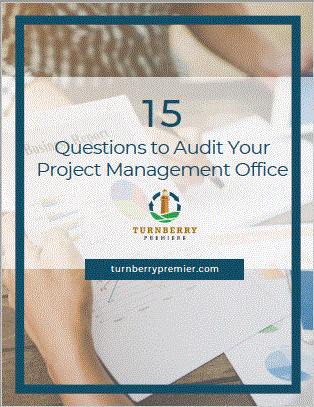How to Make More Money with Your Business – Productivity Intelligence™
A wise person should have money in their head, but not in their heart – Jonathan Swift Money can oftentimes be a difficult thing to talk about, but it is so essential to our way of life, especially if we have businesses. Entrepreneur.com suggests 15 ways that we can make more money with our businesses. Let’s […]
How to Increase Productivity in the Workplace – Productivity Intelligence™
Do you want to increase your productivity in the workplace? In this article, we will talk about how to do just that. Let’s start by defining increased productivity. https://productivityintelligenceinstitute.com/increase-productivity/how-to-increase-productivity-in-the-workplace/
Best Practices for Leveraging Neuroscience – Productivity Intelligence™
Have you ever hosted a meeting or training session and wanted to get better at engaging your coworkers or team? It all begins with leveraging neuroscience. What is neuroscience exactly? According to Merriam-Webster, neuroscience is a branch (such as neurophysiology) of the life sciences that deals with the anatomy, physiology, biochemistry, or molecular biology of […]
PMO Audit

Is Your Project Management Office in Order? Utilize this 15 question document to audit your PMO
Expert Interview with Dr. Michael O’Connor

Dr. Michael O’Connor, Ph.D., MSPM, MSTM, MBA, has over 27 years of professional experience in the Medical Device Industry. He is the Director of Strategy and Project Management with Medtronic, Plc, and his corporate experience also includes 3M and Pfizer. Michael is an Adjunct Faculty Member teaching at the Graduate level Project Management, Project Capstone, […]
Expert Interview with Sanaz Sadeghian

Sanaz Sadeghian MSc., PMP, PMI-SP, is a young professional in project management. She is the president of the Project Management Club at Boston University (BUS-PMC) and has published articles in scheduling and planning. She has a bachelor’s degree in Industrial Engineering and more than four years of experience in Oil&Gas and construction industries. Sanaz has […]
Building A High-Performance Workplace Culture – During Times of Uncertainty

Building A High-Performance Workplace Culture – During Times of Uncertainty Free Webinar, Training, Tools and Resources #covid19 Company culture is the synthesis of values, vision, mission, and purpose that sits at the center of any successful business. It is the cohesive atmosphere that permeates a company and directly affects the way people work within that […]
10 Things Stakeholders in Business Wish You Knew

“For [a product] to surprise me, it must have satisfying expectations I didn’t know I had. No focus group is going to discover those. Only a great designer can.” Paul Graham, Made in USA He was commissioned in the US Army as a second lieutenant in 1958 and is a veteran of the Vietnam War from 1962 […]
What is an Operating Model

“The art of leading, in operations large or small, is the art of dealing with humanity, of working diligently on behalf of men, of being sympathetic with them, but equally, of insisting that they make a square facing toward their own problems.” -S.L.A. Marshall Establishing the correct level of process standardization and integration is a […]
How Buffer Management Improves Project Performance

“A moment’s insight is sometimes worth a life’s experience.” -Oliver Wendell Holmes Variability is a fact of life! The first image in this post is from an actual project that I managed using Microsoft Project Professional 2010 and the ProChain add-on. This was also my first time using Critical Chain Project Management (CCPM) instead […]

